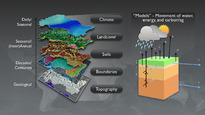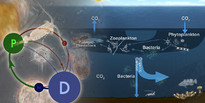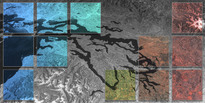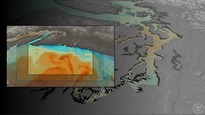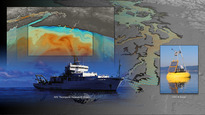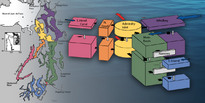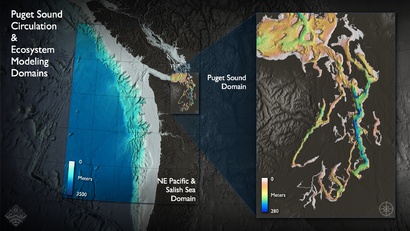Circulation Modeling
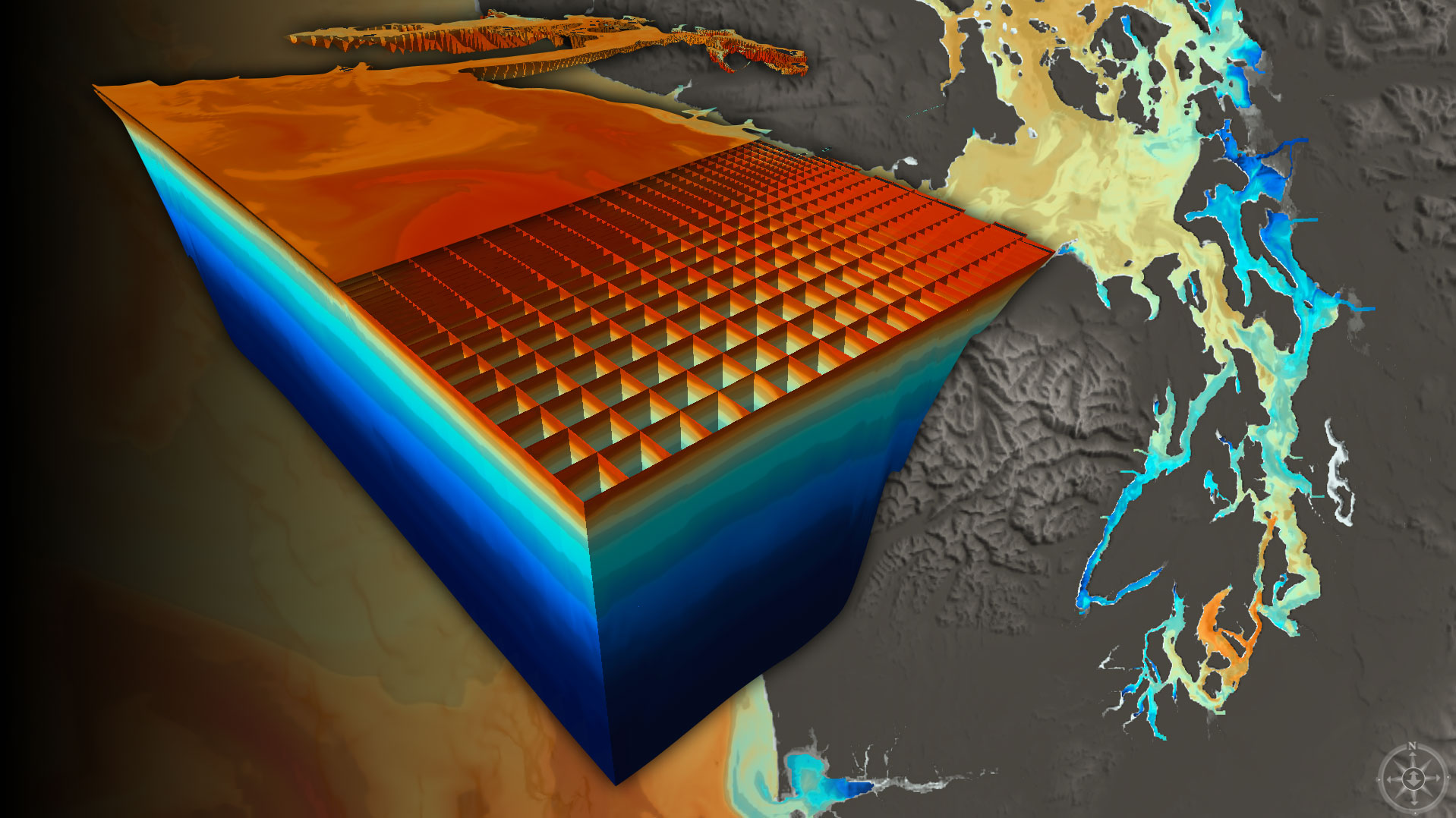
State-of-the-art numerical circulation modeling
The circulation and mixing of water in the Sound fundamentally controls its biogeochemical processes, from planktonic primary production to the transport of toxics. The Sound's size, intense tidal currents, and extraordinary rough glacially-carved bathymetry present real challenges to even our state-of-the-art numerical modeling capabilities.
The current phase of PRISM circulation modeling, being led by Dr. Parker MacCready and Dr. David Sutherland (UW Oceanography) is using intensive parallel computation to significantly increase both the resolution and the domain size covered by the model. Current efforts are underway to optimize the model set-up, validate the model against the available observations, and begin to answer scientific questions about how the Sound works, from daily to decadal timescales (see a recent presentation here). For example, current research questions include:
- How does Puget Sound, as a large estuarine system, exchange salt with the ocean and how does this exchange flow vary on spring/neap time scales, seasonal time scales, and interannually?
- What are the residence times of different subbasins within Puget Sound, and how do these vary depending on shifting forcing (rivers, tides, seasonal upwelling)?
- How do the fresh waters output from Puget Sound and the Strait of Georgia interact and influence what exits the Strait of Juan de Fuca, ultimately impacting the WA shelf and interacting with the Columbia River plume?
For more info see the PRISM-MoSSea model page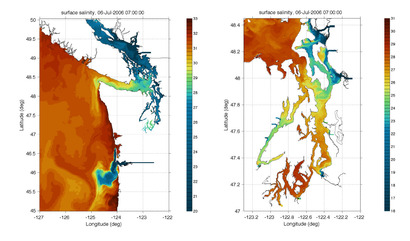
Model domain and surface salinity
Dr. Mitsuhiro Kawase (UW Oceanography) initiated the development of a detailed 3D circulation model of the Sound, with realistic tides, rivers, and wind forcing, that was built upon the Princeton Ocean Model (POM) framework. This effort highlighted the complexity the Sound's circulation, including intense dispersion by tidal eddies, which has been used as part of the the Model-measurement Integration Experiment in Estuary Dynamics (MIXED) project to understand biogeochemical processes of the spring phytoplankton bloom in Carr Inlet (Edwards et al., 2007).
